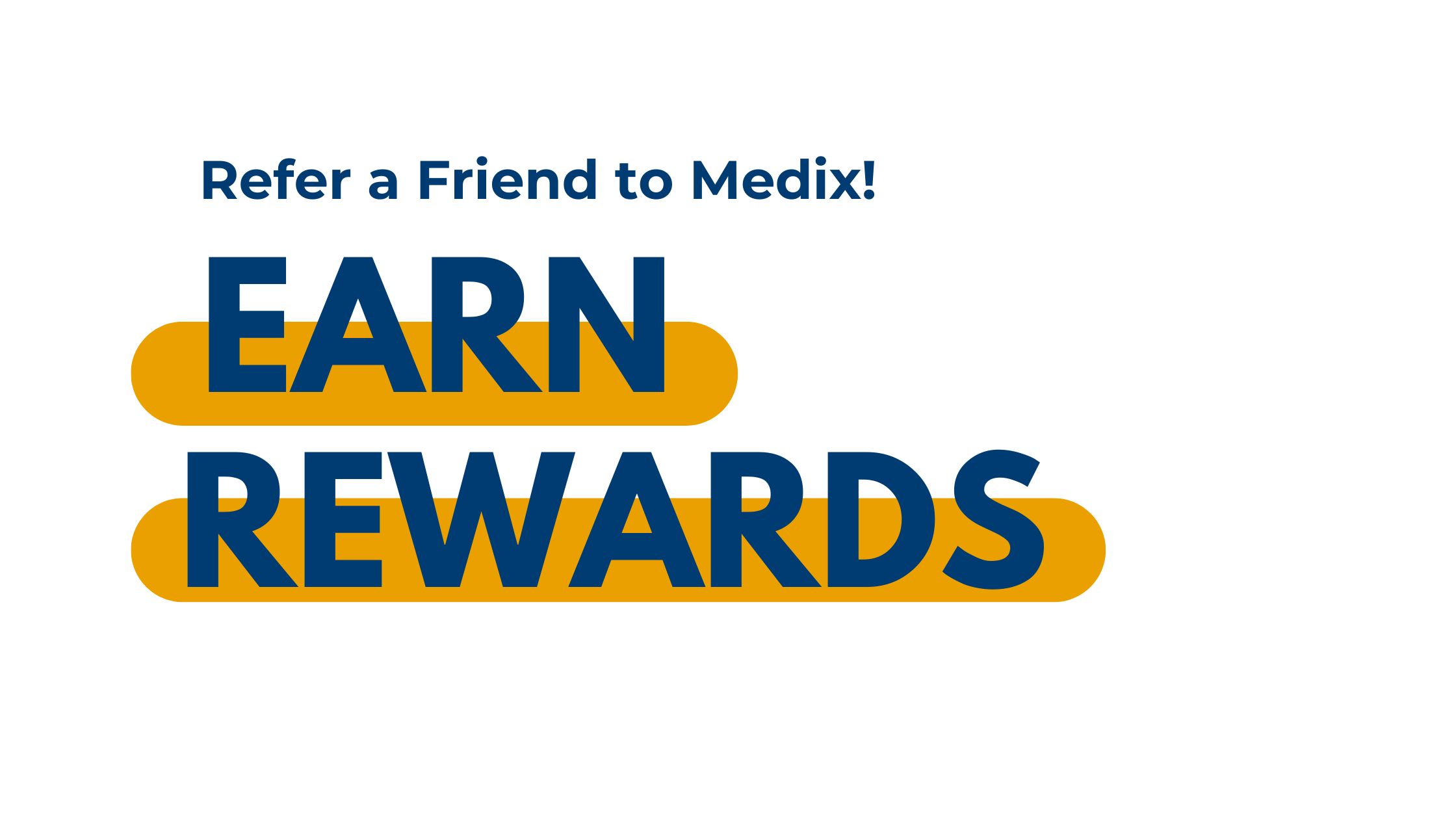Early childcare assistants play a pivotal role in the healthy development of young children. Within a classroom setting or daycare facility, they use their knowledge of childhood development to ensure their young charges have access to an environment that’s both safe and nurturing. With the help of early childcare assistants, children are able to gain the confidence, cognitive capabilities, communication skills, and mobility to grow in a healthy way.
If you’re currently training to become an early childcare assistant, you’ll probably find yourself tasked with creating a developmental checklist at one point in your career. A developmental checklist is a tool which can be used to measure and understand the developmental progress of the children that early childcare assistants work with. This checklist allows these professionals to determine the areas where a child is excelling, and where they might need additional guidance, enabling them to provide the highest level of care and support. Below, discover some tips for creating a developmental checklist throughout your career.
1. After Early Childcare Assistant College, Become Familiar with Important Milestones
As an early childcare assistant, the first step to creating a developmental checklist is to familiarize yourself with the important milestones of child development. As you may have learned during early childcare assistant college, there are a number of milestones which children are expected to reach at particular ages. For example, at two years old, a child may start to identify and sort colors and shapes, and repeat phrases or words they overhear. At three years old, children may start to follow simple instructions, learn how to dress and undress themselves, and use their imagination. With your knowledge of these milestones, you can create a developmental checklist that reflects what children should be accomplishing or learning at a certain age.

2. Divide Your Developmental Checklist into Different Categories
Once you’ve gained an awareness of important childhood milestones, you can begin to create categories for your checklist, based upon what you’ve learned. For one of the sections, you may want to include measures of a child’s communication, literacy and language skills. This can be used to measure a child’s relative comprehension, vocabulary, listening skills, speaking skills, reading capability, knowledge of the alphabet, and other related areas of aptitude. Another section might focus on a child’s mathematical development, which can include their ability to count, their ability to identify patterns and shapes, their capacity for analysis, and more. Within your developmental checklist, another section might be devoted to mobility, measuring a child’s motor skills and spatial awareness. Lastly, your developmental checklist can include a section focused on how a child is developing both emotionally and socially. Within this section, you can include areas such as interaction, knowledge of family and self, cooperation, and other related factors.

3. Develop a System for Measuring Children’s Progress
After getting your early childcare assistant diploma, another important component of putting together an effective developmental checklist will be to develop a system of measurement. While a child’s developmental progress doesn’t need to be measured qualitatively, there are still a few indicators that you can use to determine a child’s stage of growth. A system of measurement can be scaled according to whether the child has:
- Mastered the skill or task
- Is in the process of mastering a skill or task
- Is not yet showing signs of demonstrating a skill or task
- Has not yet been taught a skill or task
Using these measurements, you can gauge how a child is developing, and provide them with the support they need to continue developing, throughout your career as a personal support worker.
Ready to attend early childcare assistant college in Ontario?
Launch your career with a program at Medix College today!





